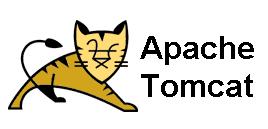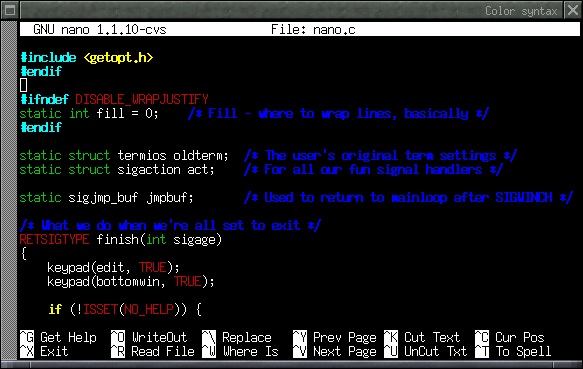 Imagine, that your system is pretty complicated and consists of a number of components, each deployed into separate machine. For development & testing needs it’s always too costly to keep up & running all these machines. It’s not that as easy to make modification into your system structure, i.e. adding new machines with different roles, etc.
Imagine, that your system is pretty complicated and consists of a number of components, each deployed into separate machine. For development & testing needs it’s always too costly to keep up & running all these machines. It’s not that as easy to make modification into your system structure, i.e. adding new machines with different roles, etc.
One solution is to virtualize all your stuff & isolate environment of each component. An easy way would be to buy a hardware & setup hardware virtualization such as XEN for instance, but there is more popular approach — using Amazon EC2 cloud services.
 In this post I’m going to show you how to setup OpenVZ virtualization on Amazon EC2 node (which, actually itself is virtualized XEN node)
In this post I’m going to show you how to setup OpenVZ virtualization on Amazon EC2 node (which, actually itself is virtualized XEN node)
We’re going to use as a base a CentOS 5.6 Amazon image with pv-grub enabled (this is required to be able to boot into custom kernel)
Continue reading →
 Setting up Tomcat in some cases can be pain in the ass, especially when your application is pretty complex, in terms of large number of upstream servers which you all want to proxy via SSL.
Setting up Tomcat in some cases can be pain in the ass, especially when your application is pretty complex, in terms of large number of upstream servers which you all want to proxy via SSL.
In my case, I was playing around with Shindig — an OpenSocial container, which itself is a Java servlet delivered via Apache Tomcat server.

The goal was to reverse proxy Shindig through SSL, i.e. it should be able to access it via
https://localhost/gadgets/
with localhost being served by Nginx.
Continue reading →
Why GWT?
Monday, October 10th, 2011 01:35 pm GMT +2

GWT is a set of tools which allows you to write javascript code in java language. That is, to avoid confusion, GWT does not have a lot in common with tons of existing Java technology stacks out there.
It is designed in a such way that backing your javascript application by server build on top of Java stack becomes a huge advantage. However, it does not mean that you can’t build GWT apps backed by PHP/Python/Ruby servers which might be more lightweight solution (both from technology & business points of view).
Continue reading →
Having previous experience in writing PHP code could potentially lead you to hours of debugging in Python.
Consider the following simple example in PHP:
PHP
$s = "0";
$my = (bool) $s;
var_dump($s);
var_dump($my)
Continue reading →

Nano is one of my favorite text editors, for a couple of reasons
- It’s very simple (as campared to Vim, which I was not able to quickly grasp on)
- It’s available by default on almost any *nix distro out there
- It has syntax highlighting (always turned off by default for some reason)
It this post I’ll show you how to install latest Nano to your Mac OS X environment with syntax highlighting turned on for most of programming&markup languages.
Continue reading →
 Imagine, that your system is pretty complicated and consists of a number of components, each deployed into separate machine. For development & testing needs it’s always too costly to keep up & running all these machines. It’s not that as easy to make modification into your system structure, i.e. adding new machines with different roles, etc.
Imagine, that your system is pretty complicated and consists of a number of components, each deployed into separate machine. For development & testing needs it’s always too costly to keep up & running all these machines. It’s not that as easy to make modification into your system structure, i.e. adding new machines with different roles, etc. In this post I’m going to show you how to setup OpenVZ virtualization on Amazon EC2 node (which, actually itself is virtualized XEN node)
In this post I’m going to show you how to setup OpenVZ virtualization on Amazon EC2 node (which, actually itself is virtualized XEN node)


